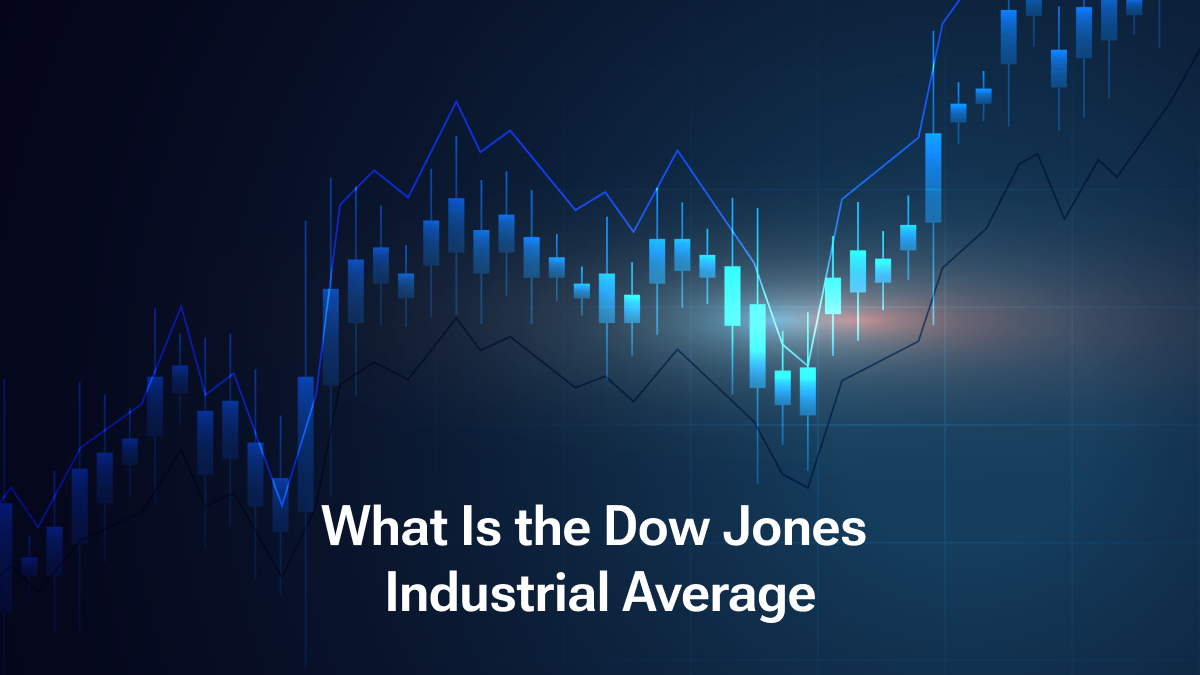The Amundi Dow Jones Industrial Average UCITS ETF (Dist): A Deep Dive Into Its NAV

Table of Contents
The Amundi Dow Jones Industrial Average UCITS ETF (Dist) offers investors exposure to the iconic Dow Jones Industrial Average (DJIA), a benchmark for American and global economic health. Understanding its Net Asset Value (NAV) is crucial for making informed investment decisions. This guide provides a comprehensive look at the factors influencing the ETF's NAV and how to interpret its fluctuations, empowering you to make smarter investment choices.
What is NAV and Why is it Important for the Amundi DJIA ETF?
Net Asset Value (NAV) represents the total value of an ETF's assets minus its liabilities, divided by the number of outstanding shares. In simpler terms, it's the net worth of the ETF per share. This is different from the market price, which is the price at which the ETF is currently trading on the exchange. The market price can fluctuate throughout the trading day, influenced by supply and demand, while the NAV is calculated at the end of each trading day.
Monitoring the NAV of the Amundi DJIA ETF is vital for several reasons:
- NAV reflects the ETF's underlying asset value: It provides a true picture of the value of the holdings within the ETF, directly tied to the performance of the DJIA.
- Daily NAV calculations provide transparency: Amundi, as the provider, ensures daily calculations, offering investors a clear view of the ETF's performance.
- Comparing NAV to market price helps identify potential arbitrage opportunities: Discrepancies between NAV and market price can present short-term trading opportunities for sophisticated investors.
Factors Influencing the Amundi Dow Jones Industrial Average UCITS ETF (Dist) NAV
Several key factors influence the daily NAV calculation of the Amundi Dow Jones Industrial Average UCITS ETF (Dist):
Performance of the Dow Jones Industrial Average
The DJIA's performance is the most significant factor influencing the ETF's NAV. A rising DJIA generally leads to a higher NAV, while a falling DJIA results in a lower NAV. Individual stock movements within the index also play a role; strong performance by a large-cap component like Apple or Microsoft will positively impact the NAV, while underperformance by others will have the opposite effect. Broader economic indicators and overall market sentiment also contribute; positive economic news and investor confidence tend to boost the DJIA and the ETF's NAV.
Currency Fluctuations
If the underlying assets of the ETF are denominated in a currency different from the ETF's base currency (e.g., US dollars versus Euros), exchange rate fluctuations will impact the NAV. A strengthening US dollar against the Euro would, for example, lower the NAV for a European investor. Amundi may employ currency hedging strategies to mitigate this risk, but the effectiveness of these strategies will influence the NAV's sensitivity to currency movements.
Dividend Distributions
Dividend payouts from the underlying stocks in the DJIA directly affect the Amundi DJIA ETF (Dist)'s NAV. On the ex-dividend date (the date after which a buyer of the stock does not receive the upcoming dividend), the NAV will typically decrease by the amount of the dividend per share. This is because the ETF distributes the dividends to its shareholders. It's important to understand the difference between accumulating and distributing versions of ETFs; the accumulating version reinvests the dividends, increasing the NAV over time, while the distributing version pays them out.
How to Access and Interpret the Amundi DJIA ETF's NAV Data
The daily NAV for the Amundi DJIA ETF can be found on several reliable sources:
- Amundi's official website: This is the primary source for accurate and up-to-date information.
- Financial news websites and data providers: Reputable financial news sources often publish ETF NAV data.
- Brokerage platforms: If you hold the ETF through a brokerage account, the NAV will be displayed on your account statement.
Interpreting NAV changes requires considering broader market trends and news. A decline in NAV might reflect a market correction, a specific negative event affecting the DJIA, or even currency fluctuations. Comparing the NAV with historical data provides a longer-term perspective, helping investors assess the ETF's performance over time.
- Regularly check the official sources for accurate NAV information.
- Analyze NAV trends alongside market indices for comparative analysis.
- Use charting tools to visualize NAV performance over time.
Investing in the Amundi Dow Jones Industrial Average UCITS ETF (Dist): A Strategic Perspective
The Amundi DJIA ETF offers several advantages: easy access to the DJIA, diversification within the index, and relatively low expense ratios. However, it's crucial to consider the disadvantages: exposure to US market risk, sensitivity to currency fluctuations (if applicable), and potential underperformance relative to other investment options.
The suitability of this ETF depends on your individual investor profile:
-
Risk Tolerance: The ETF's risk profile is generally considered moderate to high due to its market exposure.
-
Investment Goals: It's suitable for long-term investors seeking exposure to the large-cap American equities market.
-
Diversification: This ETF should be part of a broader, diversified portfolio to mitigate overall risk.
-
Consider your risk tolerance before investing.
-
Diversify your portfolio to mitigate risk.
-
Consult a financial advisor for personalized investment advice.
Conclusion
Understanding the Net Asset Value (NAV) of the Amundi Dow Jones Industrial Average UCITS ETF (Dist) is essential for making informed investment decisions. By carefully considering the factors influencing its NAV – DJIA performance, currency fluctuations, and dividend distributions – investors can better gauge the ETF's value and potential returns. Regularly monitoring the NAV and comparing it to market prices and historical data provides valuable insights into the ETF's performance. To delve deeper into this investment vehicle and its NAV fluctuations, visit the Amundi website. Consult with a financial advisor to determine if the Amundi Dow Jones Industrial Average UCITS ETF (Dist) aligns with your unique investment strategy. Remember, a thorough understanding of the Amundi DJIA ETF's NAV is key to successful long-term investing.

Featured Posts
-
 Amsterdam Stock Market Suffers 2 Loss Due To Trumps New Tariffs
May 24, 2025
Amsterdam Stock Market Suffers 2 Loss Due To Trumps New Tariffs
May 24, 2025 -
 Zenginlige Adim Atacak Nisan Burclari
May 24, 2025
Zenginlige Adim Atacak Nisan Burclari
May 24, 2025 -
 Ai And The Future Of Healthcare Key Findings From The Philips Future Health Index 2025
May 24, 2025
Ai And The Future Of Healthcare Key Findings From The Philips Future Health Index 2025
May 24, 2025 -
 Ranking The 10 Fastest Stock Ferraris Official Track Data
May 24, 2025
Ranking The 10 Fastest Stock Ferraris Official Track Data
May 24, 2025 -
 Herstel Op Beurzen Na Uitstel Trump Alle Aex Fondsen In De Plus
May 24, 2025
Herstel Op Beurzen Na Uitstel Trump Alle Aex Fondsen In De Plus
May 24, 2025
